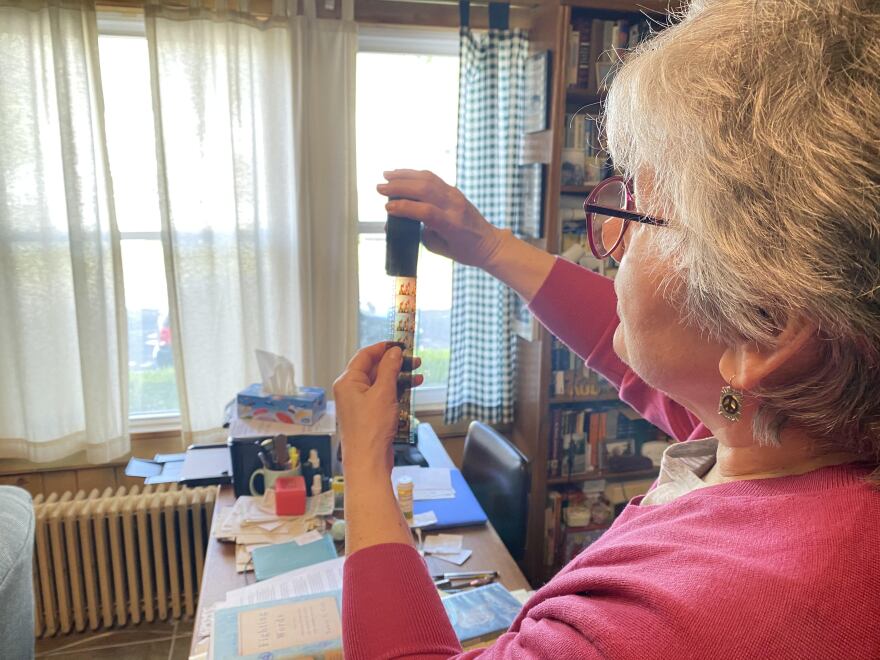Recently I received an email from my friend, artist and film maven Everett Aison, regarding a movie called Brighton 4th. While Everett is not prone to exaggeration, this message was all in caps: YOU MUST SEE THIS FILM.” Immediately, I located a new DVD release from Kino Lorber.
Brighton 4th is the third and most recent feature by Georgian director Levan Koguashvili, written by Latvian-born filmmaker Boris Frumin. It was the Georgian entry for the Best International Feature Film at the most recent Academy Awards. Shot in Georgia, Bulgaria, and Brighton Beach, Brooklyn, it has won several film festival honors.
The film features a most interesting lead actor, Levan Tediashvili, a well-known former Olympian, a freestyle wrestling champion who at age 74 holds many prizes from the 1970s for wrestling and sambo, a martial art, but he has few film credentials. Still, he absolutely dominates this film.
Tediashvili plays Kakhi, a former wrestling champ, who first is seen in a crowded sports bar in Tbilisi in Georgia. The men there are gambling on a televised game, and the atmosphere is prickly. Men, well, people in general, get desperate when they gamble and then lose money they do not have. That’s a theme in Brighton 4th. Soon Kakhi is on a plane to Brooklyn where his adult son, Soso, owes gambling debts that he cannot pay.
Kakhi blends into Georgian immigrant life in the Brighton Beach neighborhood and makes efforts to help Soso. It isn’t a complicated plot, but it’s a terrific film. Instead of being plot-driven, it’s a study in personalities and real-life challenges. There are the good folks, the hard workers, and helpers. There also are the liars and the cheaters. We see how defenseless immigrants can be when others are willing to exploit their vulnerabilities, particularly if the immigrants are illegals.
What makes Brighton 4th so powerful a film is its naturalism, reminiscent of Italian neorealism, and its unpretentious but heartfelt plot. The actors are believable, a bunch of players willing to show warts and all. There is a discriminating use of Georgian and Russian music which provides scenes that are short-lived but deeply touching.
Director Koguashvili, who studied film in Georgia as well as NYU, and writer Frumin also worked together on a Georgian film called Blind Dates from 2013. It’s a highly rated comedy about a forty-year-old who still lives with his parents who is seeking true love. To date, I haven’t been able to locate a screening copy.
As early as 1930, Georgian filmmakers were producing high quality films. Mikhail Kalatozov made Salt for Svanetia in 1930 and the classic The Cranes Are Flying in 1959. The Color of Pomegranates by Sergei Parajanov about an 18th Century Armenian poet has captivated audiences internationally since 1969. Georgian cinema has a rich legacy and it’s great to see that there are artful Georgian filmmakers working today who carry on this significant work.
Audrey Kupferberg is a retired film and video archivist and appraiser. She is lecturer emeritus and the former director of Film Studies at the University at Albany and co-authored several entertainment biographies with her late husband and creative partner, Rob Edelman.
The views expressed by commentators are solely those of the authors. They do not necessarily reflect the views of this station or its management.





